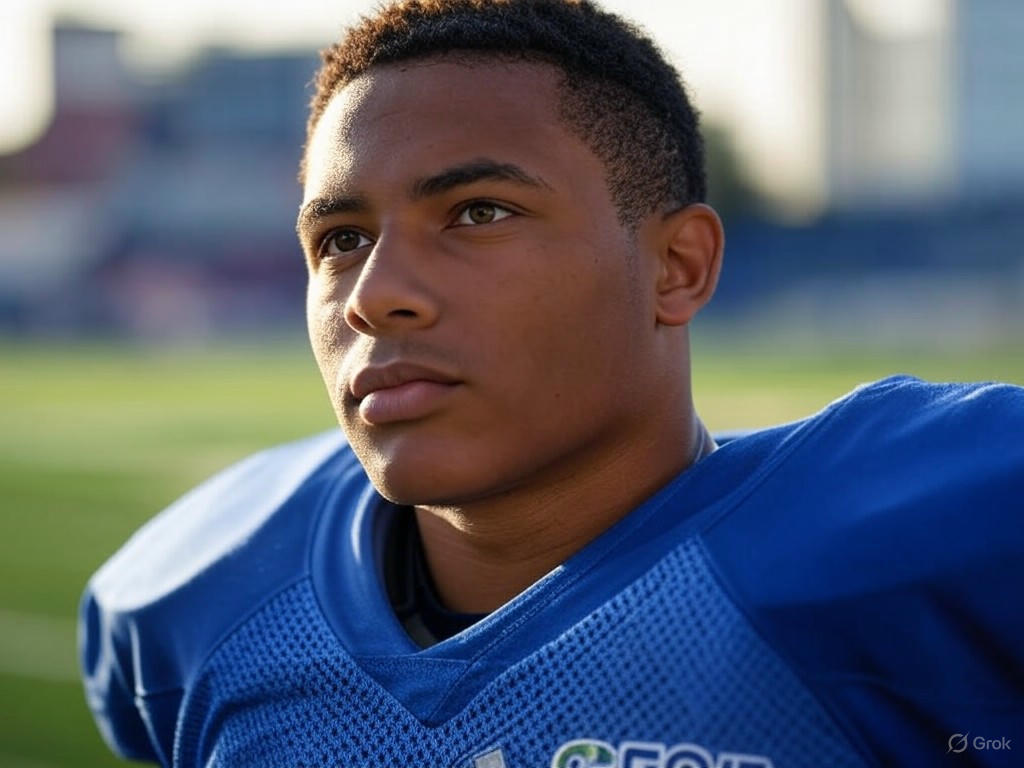A New Era for College Sports: Direct Payments to Athletes Begin Soon
College sports are on the brink of a groundbreaking shift as schools prepare to directly compensate their athletes for the first time. This historic change comes after a federal court officially approved a legal settlement on Friday, marking a significant milestone in the ongoing debate over athlete compensation. Starting in less than a month, universities will begin distributing payments to players, fundamentally altering the landscape of amateur athletics in the United States. This decision is seen as a long-overdue recognition of the immense value athletes bring to their institutions through their talent, dedication, and the revenue they generate from ticket sales, merchandise, and broadcast deals.
While this development is a victory for many who have advocated for fair treatment of student-athletes, it also raises a host of new questions and challenges. The settlement may have been finalized, but the broader implications are still unfolding. How will schools determine the amount each athlete receives? Will smaller programs with limited budgets be able to compete with powerhouse universities in offering competitive pay? There’s also the concern of maintaining a balance between academics and athletics, as the introduction of direct payments could blur the lines of what it means to be a student-athlete. Some worry that this could lead to a system resembling professional sports, where financial incentives overshadow the educational mission of colleges.
Beyond the logistics, the cultural impact of this shift cannot be ignored. For decades, the NCAA has operated under the principle of amateurism, often criticized as exploitative given the billions of dollars generated by college sports annually. Athletes, many of whom come from disadvantaged backgrounds, have historically been unable to profit from their own name, image, and likeness while universities reaped the benefits. This new era of direct compensation is a step toward equity, but it’s not without controversy. Critics argue that paying athletes could disrupt team dynamics, create disparities within programs, and even affect recruitment processes as financial offers become a deciding factor for prospective students.
As the rollout of payments approaches, stakeholders across the board—coaches, administrators, athletes, and fans—are bracing for the ripple effects. The NCAA and individual schools will need to establish clear guidelines to ensure fairness and transparency in how compensation is handled. Additionally, there’s a pressing need to address potential legal and ethical dilemmas that may arise as this new system takes shape. Will this change open the door to further reforms, such as collective bargaining for athletes or more comprehensive benefits? Only time will tell.
For now, the college sports world stands at a crossroads. The approval of direct payments is a monumental step forward, but it’s just the beginning of a complex journey. As schools gear up to implement this policy, the focus must remain on creating a sustainable model that prioritizes both the well-being of athletes and the integrity of collegiate sports. The coming months will undoubtedly shape the future of this beloved American institution, and all eyes are watching to see how this bold new chapter unfolds.


